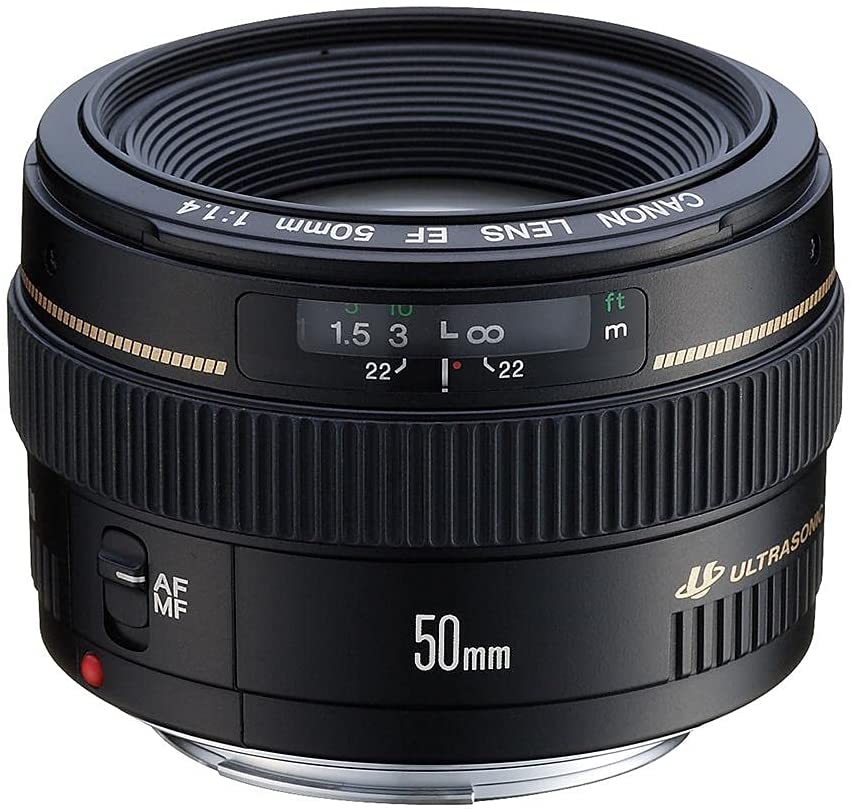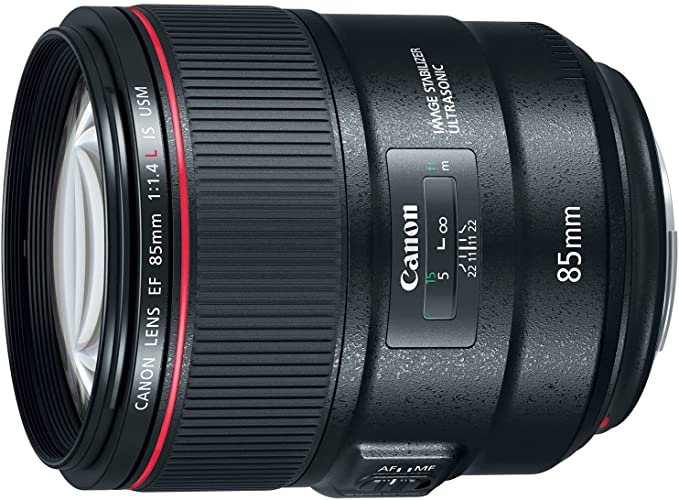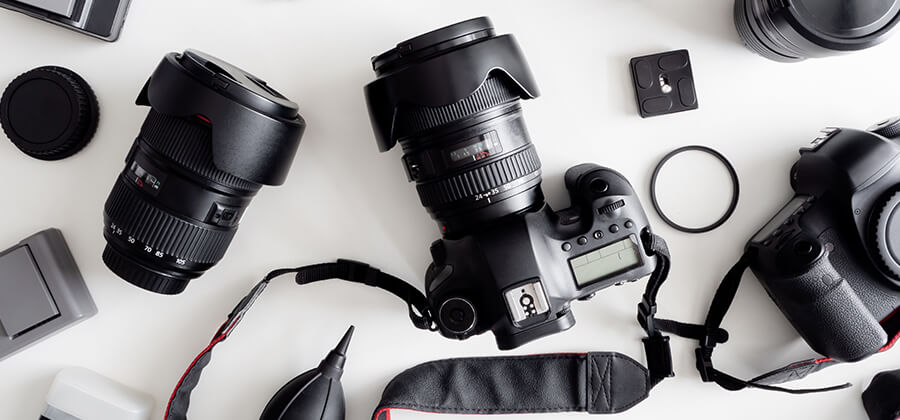There are so many camera lens options these days, and limited research indicates which lens you need for your camera.
With nearly all camera manufacturers releasing multiple camera systems. There appears to be some confusion among photographers regarding camera lens mounting.
This is especially true for terms like “throat size” and “inner diameter”. Where different measurements are used to incorrectly quantify the potential of a mount.
Finding the right lens for your camera can vastly improve your images and overall production, but learning what you need to know about video and photo camera lenses can be expensive and time-consuming.
In this article, we explain the different types of camera lens mounts that you will be dealing with as a photographer and filmmaker. You need to know this information intimately so that you can avoid common pitfalls.
There is a lot of misinformation about mounts and their exact sizes. This is why I decided to write a detailed article. This discussion will discuss different mounts, their differences, and taking more precise measurements for different systems to present accurate information.

While lenses are interchangeable in the sense that a camera can use different types of lenses. They are not completely interchangeable across brands and camera types. Finding the right lens can be far more difficult than simply selecting one and attaching it to your camera.
WHAT IS CAMERA LENS MOUNTING
Simply put, a lens mount is a specific size opening on an interchangeable lens camera that allows attachment of lenses designed for the mount.

Although lenses were mechanically attached to cameras without any communication between the two in the early days of photography. With the rise of automatic metering and autofocus systems, it became necessary to create electronic contacts. The contact on both cameras and lenses to allow them to communicate with each other.
TYPES OF CAMERA LENS MOUNTING
Nowadays, almost every lens mount for photography is a bayonet mount. The name “bayonet” comes from the type of fitting soldiers used on their rifles to quickly mount bayonets. With three to four tabs used to lock a lens tightly in place, other lens attachment systems, such as screw-threaded lock and breech-lock.

With a bayonet mount, one aligns the mark section of a lens with the marked section on a camera body. Then twists the lens clockwise or counter-clockwise (depending on the brand/mount) until it locks into place.
The locking mechanism is mechanical. With a spring-loaded pin locking the lens in place in its proper position. Requiring the pin to be retracted when removing a lens. The bayonet mount has several advantages over other mounts, which is why it is the most popular today.
EASE OF LENS MOUNTING
For starters, it makes attaching and detaching lenses quick and simple. Second, it allows for a tight and precise fit. Which is especially important with modern high-resolution cameras, where any wobble or play can negatively affect parts of the image. Finally, a bayonet mount makes it simple to incorporate electronic contacts between lenses.

Whether you’ve had your DSLR for a while and are looking to upgrade your standard lens to something fancier. You might be purchasing your first DSLR, we’ve written a simple guide to interchangeable camera lenses and lenses that aren’t.
If you purchased a DSLR from Canon , Canon have a selection of lenses designed specifically for your new camera. Often, major brand lenses will only work with their brand cameras. A Canon lens, for example, will not fit a Nikon camera.
While adaptors are available, they may not be worth the money in the long run. Because the camera will not be able to use all of the features of a different brand of lens.

Smaller independent brands frequently produce lenses that fit the majority of popular major camera brands. While they are not always as good as those made by the original manufacturer. They are much more affordable and, if of high quality, can do the job just as well.
COMPACT SYSTEMS
Nowadays, compact system cameras can perform nearly the same functions as DSLRs. They are a more compact professional camera that, unlike compact cameras, allows photographers to use a variety of lenses.
When purchasing a lens for a compact system camera, it is critical to read the specifications. Although adapters from independent brands may allow you to use your DSLR lenses. But with your compact system camera, the functions of your camera may be limited.
The mounts are primarily responsible for lenses not being interchangeable across brands and camera types. While many third-party lenses clearly state which brand they are designed for, knowing the brand isn’t always enough. However, different mounts can be found on different cameras within the same brand.
Because all camera mounts are proprietary, they can differ. They can have different mounting directions, mount size, flange distance, or number of electronic contacts. Let’s take a closer look at each.
HISTORY OF CAMERA LENSE MOUNTING SYSTEM
However, the Canon EF-lens mount, which was designed for the EOS line of cameras, has been around since 1987. Then, Canon introduced the newer EF-S-mount in 2003, which is used for cameras with an APS-C sensor.

Sigma, Tamron, and Tokina all make lenses with EF and EF-S mounts. The Micro Four Thirds mount is used by Olympus, Kodak, and Panasonic cameras. It is good idea to check whether the image stabilization feature is built into your camera body or the lens itself. As it can vary between brands.
While, Nikon F-mount, which was introduced in 1959. Other manufacturers, such as Fujifilm, produce cameras that are compatible with this mount. Hence, Nikon 1-mount cameras were introduced in 2011 and that use the Nikon 1-mount.
Conclusion
If you’re ready to invest in a new lens for your camera, visit the Camera House online store. We include the specifications so you can easily determine which lens you require. If you still need assistance, come in and speak with one of our friendly staff members. They’ll be able to answer all of your questions!
KNOW MORE ABOUT
Lenses click here
Accessories click here
Top 7 Canon Camera click here
Vlogging Camera click here

